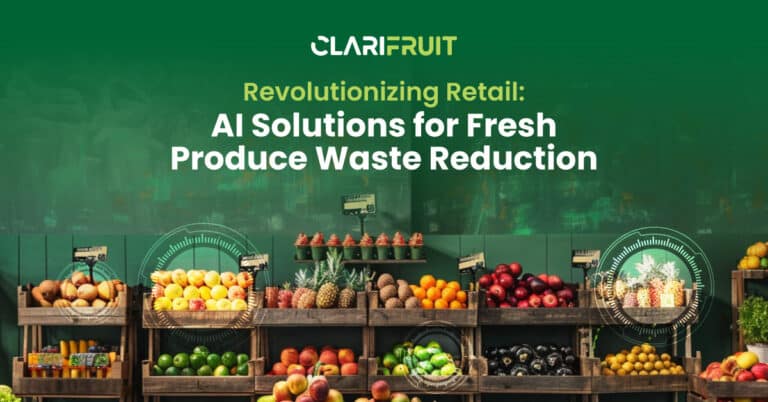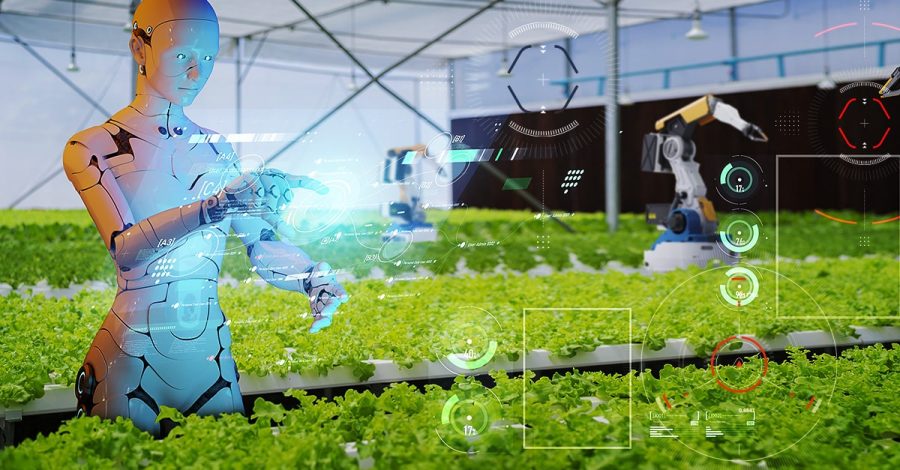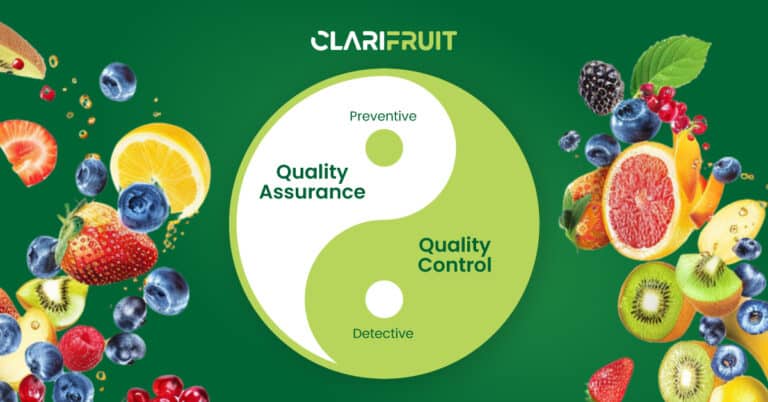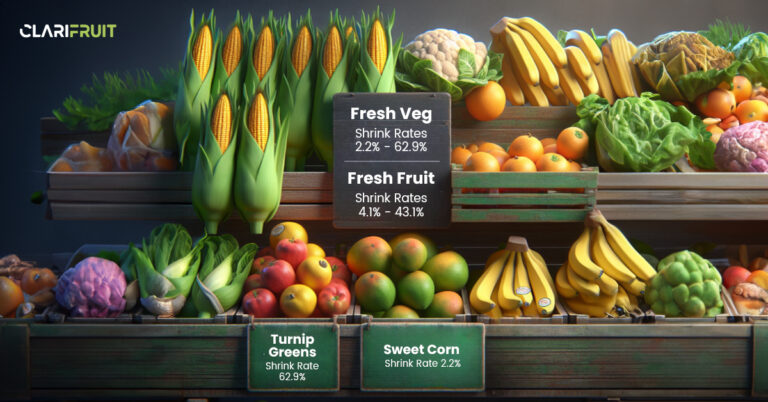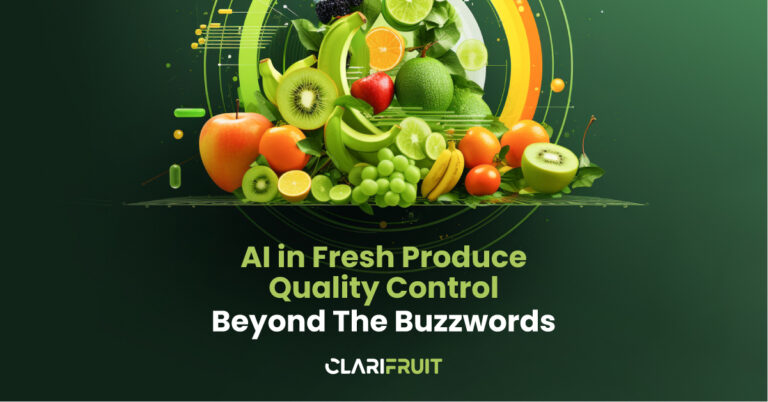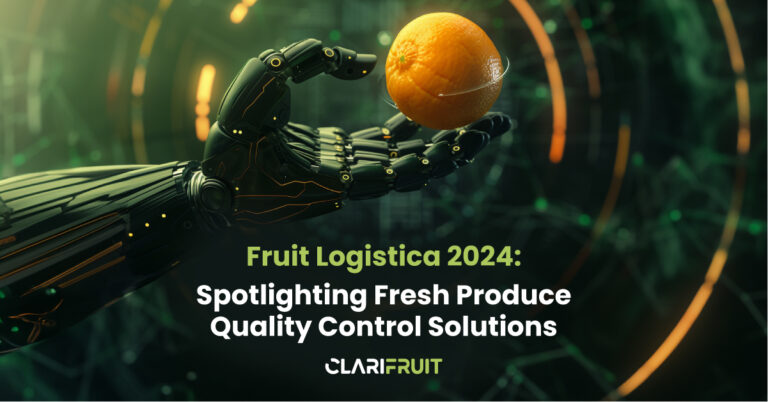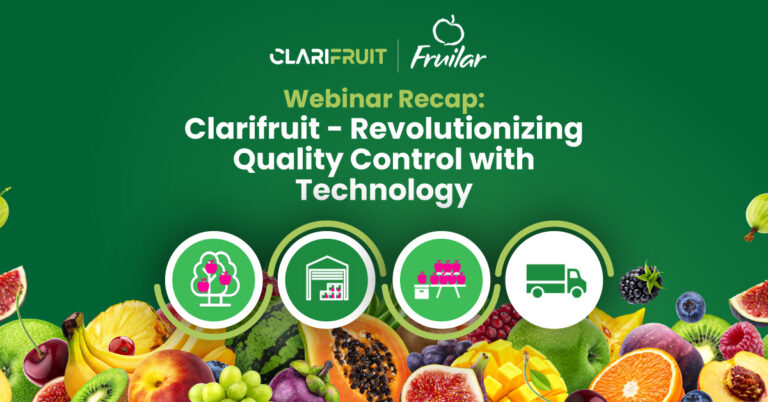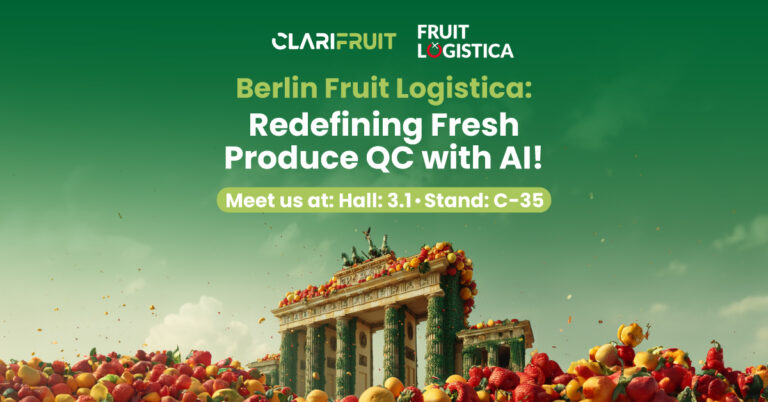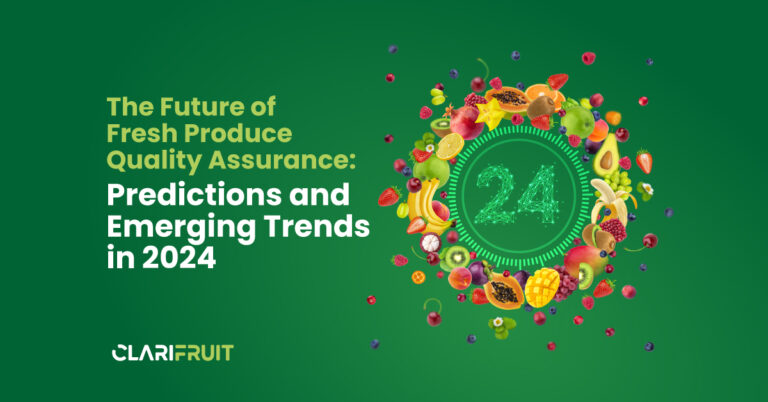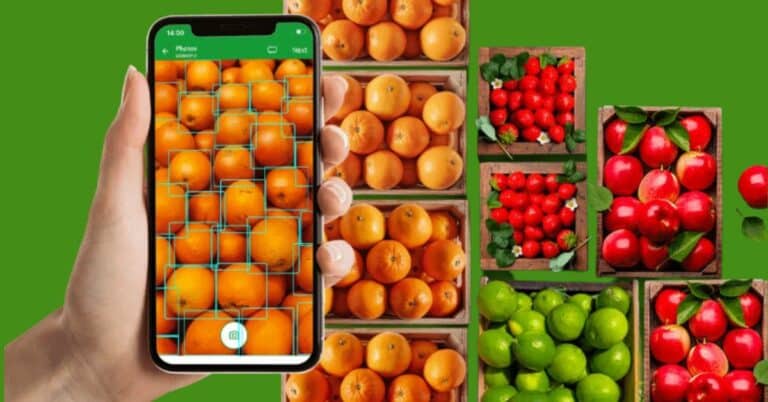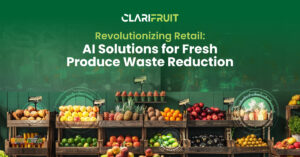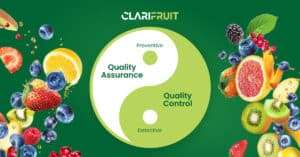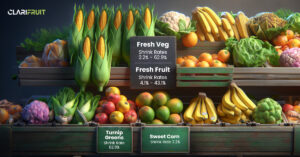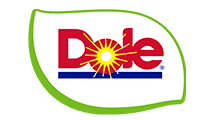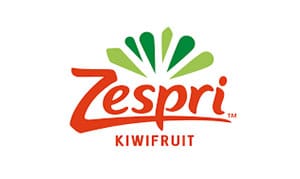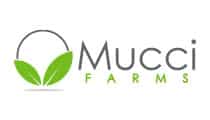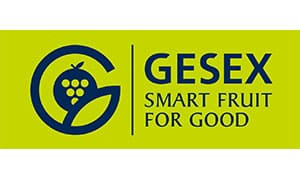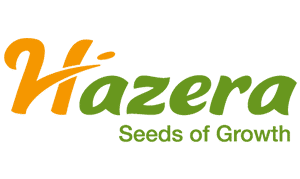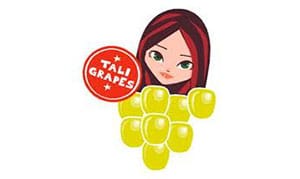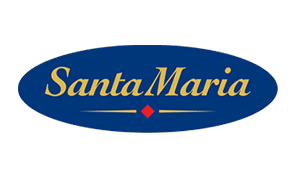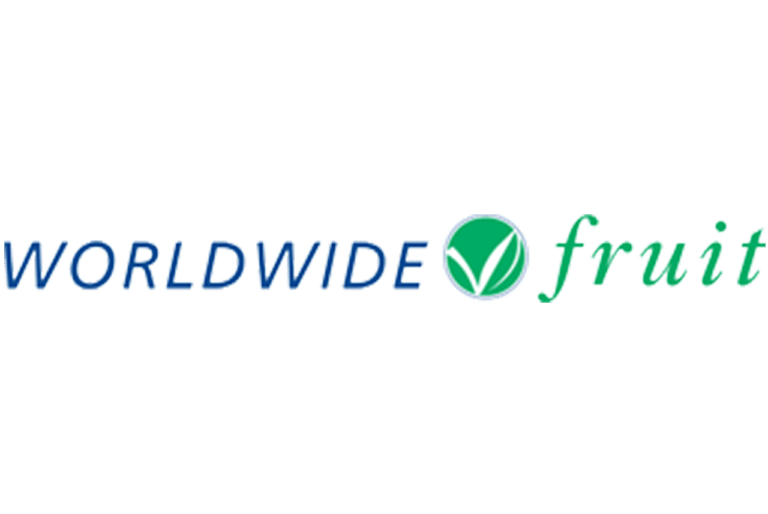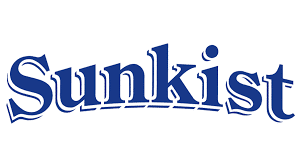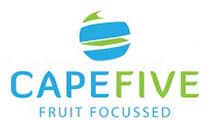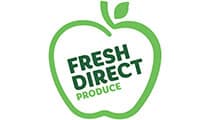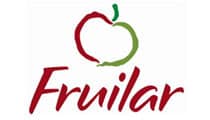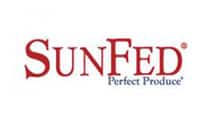In the ongoing digitalization and modernization of agriculture, fresh produce quality control is late to the party. But late is certainly better than never, and the industry is now beginning to reap the same rewards AI brings elsewhere: increased productivity, lower costs, and maybe most importantly: a way to reduce food waste.
In this article, we’re taking a look at how artificial intelligence and machine learning are bringing food quality inspections into the digital era, and why that’s great news for everyone in the value chain: producers, retailers – and of course, consumers.
Why traditional food quality quality control procedures don’t cut it anymore
Conventional fresh produce inspection relies on manual methods, typically involving the use of charts, sizing tools, and excel forms. Human inspectors must assess the food products in front of them against established quality standards (sometimes many different sets of standards). It’s not just that these processes are tedious for personnel. They deliver sub-par outcomes, through no fault of the personnel themselves.
In the words of Clarifruit CEO Elad Mardix, traditional inspection is subjective, inconsistent, and slow. They simply can’t account for variations in expertise, experience, and everyday factors like fatigue. And in an industry where every second counts, waiting for time consuming inspections can have a serious impact on profitability.
The risks of product recalls and quality mismatch add unwanted drag to the process of bringing produce to market. But there’s only so much that food producers and retailers can do to offset these risks as long as quality assurance remains stuck in the pre-AI era.
How machine learning and computer vision are changing quality control for the better
AI food control relies on several cutting-edge technologies to streamline the process of assessing quality, primarily computer vision and machine learning.
20/20 computer vision: seeing what human eyes miss
Computer vision refers to the subset of machine learning that enables machines to perceive and interpret visual information from images and videos. In the context of machine learning food control, this includes attributes like color, shape, size, texture, and the presence of defects or blemishes.
Training the algorithm: computer vision and machine learning
By training machine learning models on large datasets of labeled images, computer vision models can learn to recognize patterns and make accurate assessments of quality based on these visual features.
The integration of computer vision with machine learning allows for automated and objective quality assessment. This replaces time consuming and inaccurate manual processes with intelligent systems that can analyze and evaluate food items at scale, yielding significant benefits for businesses and consumers.
Enhancing the objectivity and accuracy of every inspection
These technologies effectively eliminate human dependency from the inspection process, reducing subjectivity and inconsistency. In addition, these systems can learn from data and improve their accuracy over time, giving businesses (and their customers) greater certainty about the quality of their goods.
Clearing the way to scale operations
Computer vision frees inspectors from the tedious, time consuming, paper based work, freeing them to use their expertise to make sound business decisions. And because the time it takes to assess a product is dramatically reduced, companies can complete many more inspections without hiring additional personnel.
The increased productivity also allows companies to train new inspectors much quicker than it would take without the AI technology involvement in the inspection process – an ever-more important consideration given the labor shortages in the industry.
Meeting multiple sets of quality standards
In addition to increasing the accuracy of inspections – and enabling more of them to be done – computer vision and machine learning make it much easier for suppliers to manage each customer’s quality standards at once. These vary from country to country, even company to company. This puts inspectors in a continual crisis mode of having to align each inspection against many different sets of quality specifications.
By giving this problem to AI (where it belongs), companies can achieve a dramatic increase in productivity and customer satisfaction.
The adoption of AI-powered food quality inspection solutions is revolutionizing the way businesses approach quality control in the fresh produce industry. These cutting-edge technologies not only streamline the inspection process but also provide a level of accuracy and consistency that traditional methods simply cannot match. By leveraging the power of machine learning and computer vision, companies can ensure that their products meet the highest standards of quality, reducing the risk of costly recalls and enhancing customer satisfaction.
Moreover, AI food quality control solutions offer a wealth of data and insights that can be used to optimize operations and drive continuous improvement. By analyzing trends and patterns in quality data, businesses can identify areas for improvement, such as adjusting storage conditions or optimizing harvesting practices. This data-driven approach to food quality inspection enables companies to make informed decisions and stay ahead of the curve in an increasingly competitive market.
Clarifruit: leading AI food quality control solutions
Our range of cloud-based automation solutions empowers inspectors to quickly and easily assess the quality and ripeness of fresh produce to unprecedented levels of precision.
Through Clarifruit’s customizable web and mobile applications, these inspectors leverage powerful computer vision and machine learning software to automate processes and boost productivity. Our QC mobile app also integrates smoothly with third-party hardware to take inspections beneath the surface, such as refractometers and durometers to assess degrees brix, pH and firmness.
By freeing quality control professionals from tedious and error-prone manual processes, our platform enables them to reinvest their time in higher value tasks and addressing customer needs, initiating a virtuous cycle that increases profitability and fuels long term growth.
Join us at the leading edge of food quality control by booking a free demo with the Clarifruit team.
